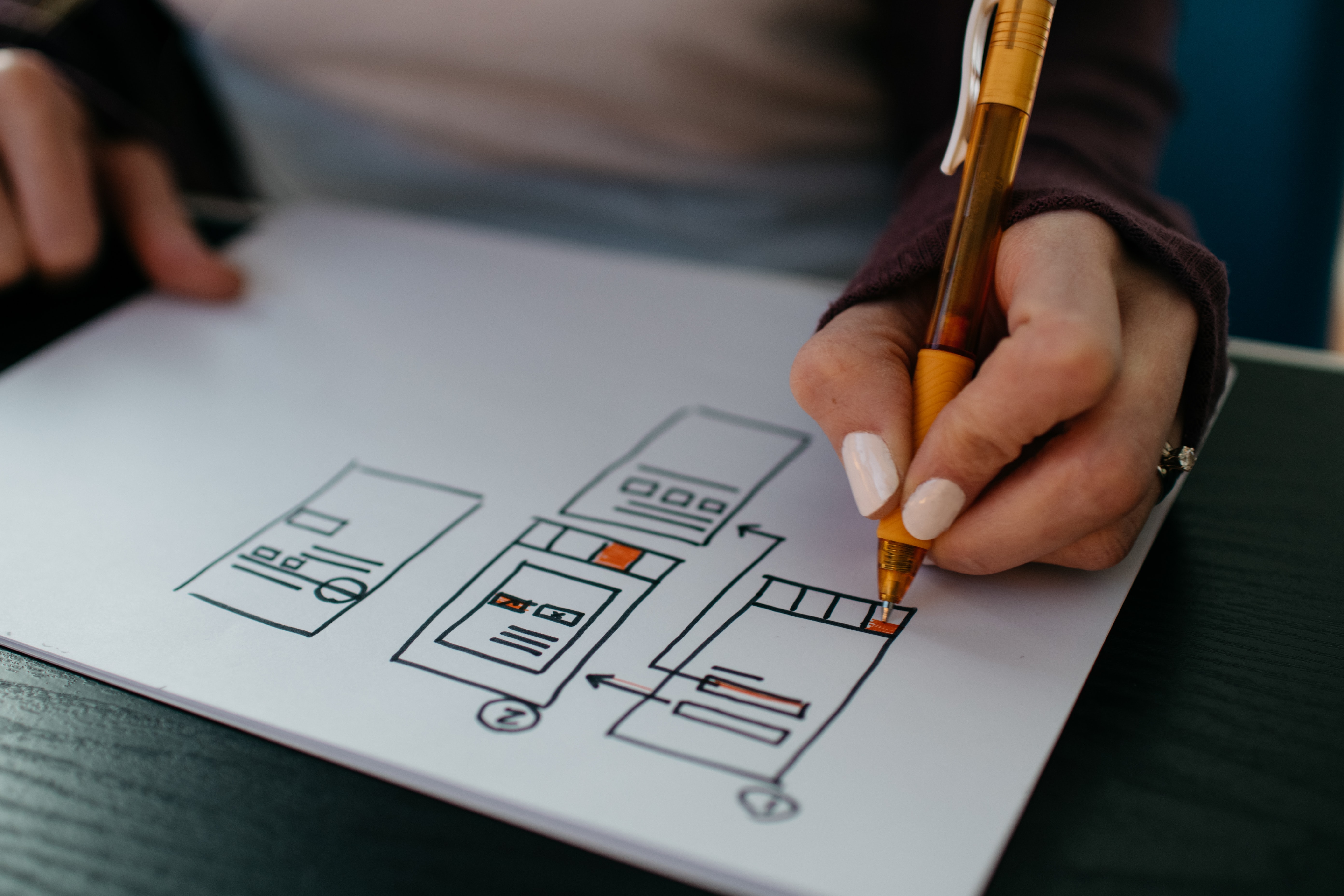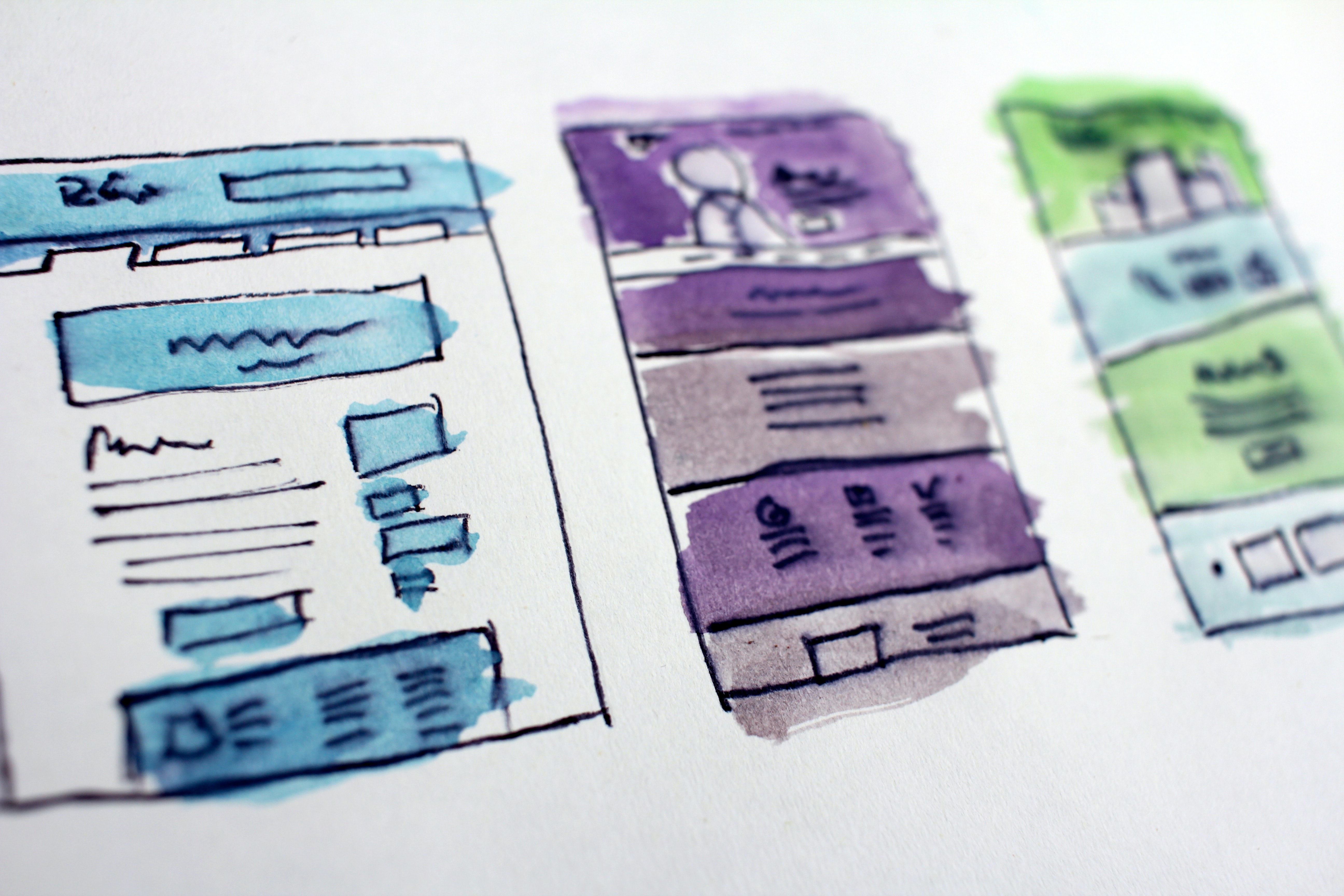
It is surprising how quickly a visitor can be put off a website if they land on it and are met with a poor design.
Some negative aspects of the design might be very minor, but they can make the world of difference to a potential customer. With this in mind, we’ve put together a handy list of web design slipups for you to keep an eye out for and avoid at all costs…
Images So Large They Slow Down Page Speed
It is important for any images on your website to be crystal clear, but this does not mean they have to be huge in size. Having a high resolution is important, but sometimes people take it too far and have a resolution that is unnecessarily high. This, in turn, increases the image size which will make the file take longer to download and slow down the page speed. If you have a large image and its size is somewhere between 60K and 100K, you’re on the right track to having a website that displays great photos and loads quickly as well.
Illegible Font Styles and Colours
 As well as images, it is important that all the written content of your website is perfectly clear. If you have text on your website that is too small, is an illegible font or is lost on a busy background, your visitors aren’t going to spend all day trying to work out what it says. When the contrast is high between a strong text and a clear background, readability increases and your visitors can instantly find out the information they need. With the right font, colour and placement, your text has the power to grab the attention of a visitor and hold their interest, so you need to get it just right.
As well as images, it is important that all the written content of your website is perfectly clear. If you have text on your website that is too small, is an illegible font or is lost on a busy background, your visitors aren’t going to spend all day trying to work out what it says. When the contrast is high between a strong text and a clear background, readability increases and your visitors can instantly find out the information they need. With the right font, colour and placement, your text has the power to grab the attention of a visitor and hold their interest, so you need to get it just right.
Broken Links
 Nothing screams ‘unprofessional’ like broken links in your website. Your whole navigation needs to be accurate and easy to use to give the best user experience possible. If one of your visitors wants to find out about a service you offer but they come to a virtual dead end when they click on the link to it, they will probably be frustrated and move on to have a look at a competitor’s website – and that’s the last thing you want!
Nothing screams ‘unprofessional’ like broken links in your website. Your whole navigation needs to be accurate and easy to use to give the best user experience possible. If one of your visitors wants to find out about a service you offer but they come to a virtual dead end when they click on the link to it, they will probably be frustrated and move on to have a look at a competitor’s website – and that’s the last thing you want!
A Non-Responsive Website Design
There are staggering statistics about technology today and people are accessing the internet from all angles. For example, there are more than 83 million mobile handsets in the UK and more than 66% of people use their mobiles to access the internet. If your website is designed primarily for a desktop computer and is not mobile-friendly, the user experience on a mobile device is instantly poor. If your website is responsive, it will automatically adjust and reshuffle to fit any screen size, meaning it is always easy to navigate and presented smartly. If that isn’t enough to have you convinced, non-responsive websites can even affect your SEO efforts, as Google penalises any sites that don’t respond to all devices.
Excessive Amounts Of Adverts and Pop-Ups
This can obviously depend on your business type, but it’s not unusual to have advert spaces in a website design. These are usually placed around the sides of the layout, but they can be programmed to pop up as well. While you want these ads to be interesting and to get the attention of the user, sometimes less is more. Putting too many adverts on your website can put visitors off and they will ultimately be less likely to return to your website in future.
Horizontal Scrolling
Most website pages need a scroll function, but horizontal scrolling is one to avoid. When initially looking at a web page, people tend not to expect content in any direction but down. We now automatically attempt to scroll vertically, so while it can show individuality in a design, horizontal scrolling can damage the overall user experience of a website. A safer option is to give visitors what they are used to – it will make your website much easier to navigate and keep your visitors using it for longer.
If you need any more tips on website design, take a look at more of our blogs or contact Surge today!